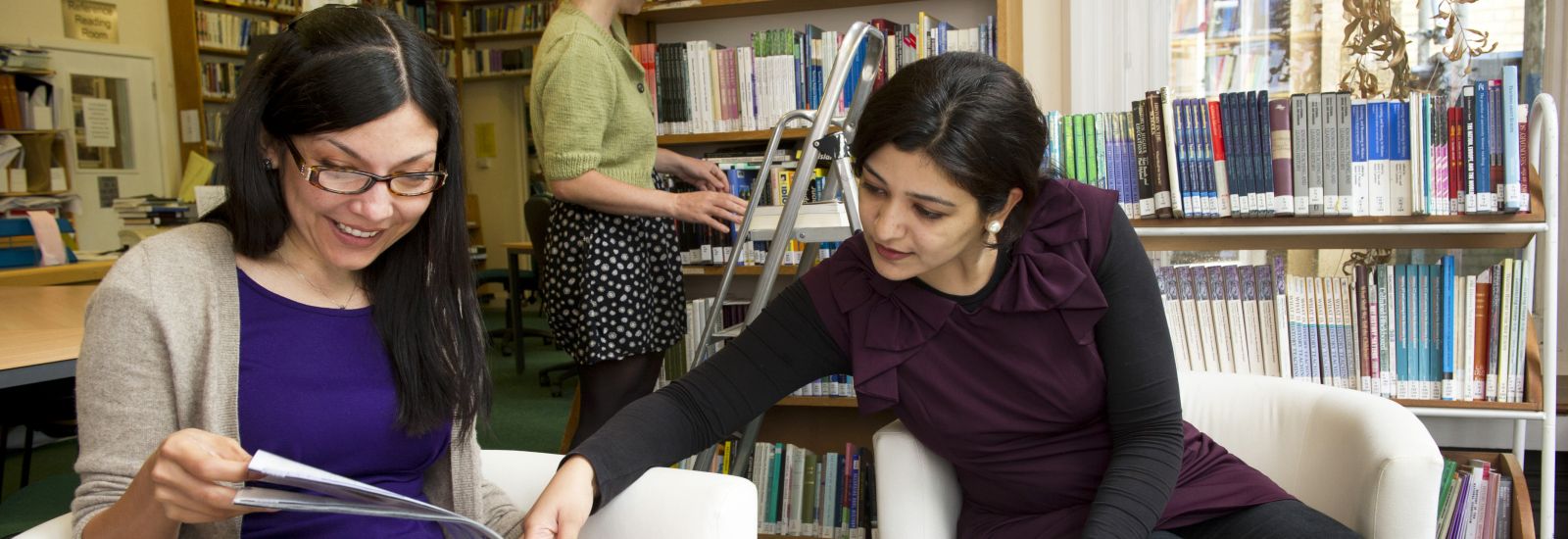
Referencing
Properly referencing your sources can not only help you to avoid breaking the University's strict plagiarism rules, but can also help you to strengthen the arguments you make in your work.
Citation
Giving credit to the authors of the ideas and interpretations you cite not only accords recognition to their labours, but also provides a solid theoretical basis for your own argument. Your ideas will gain credence if they are supported by the work of respected writers.
Transparent source use allows you to situate your work within the debates in your field, and to demonstrate the ways in which your work is original. It also gives your reader the opportunity to pursue a topic further, or to check the validity of your interpretations.
When writing you should consider the ways in which your work depends upon or develops from other research, and then signal this with the appropriate citation. Make clear your reasons for citing a source. When paraphrasing an idea or interpretation you must ensure that your writing is not too closely derived from the original, and you must also acknowledge the original author.
Referencing
There are numerous different referencing systems in use across the University, but there should be clear instructions about referencing practice in your subject handbook. Your tutor can direct you to an appropriate style guide, while there is also a range of software that you can use to keep track of your sources and automatically format your footnotes or in-text citations and reference list (e.g. EndNote, RefWorks, Zotero).
Be meticulous when taking notes: include full citation details for all the sources you consult and remember to record relevant page numbers.
Citation practice varies by discipline and therefore we cannot provide a single model on this page - your Department or Faculty will provide you with guidance on appropriate referencing styles.
It is worth noting that, depending on the type of text cited (book, conference paper, chapter in an edited volume, journal article, e-print, etc.) the elements of a reference include:
- author
- title of the book or article
- title of the journal or other work
- name of the conference
- place of publication
- date of publication
- page numbers
- URL
- date accessed.
When using e-print archives you should bear in mind that many contain articles which have not yet been submitted for peer review. It is good practice to review the later, published versions for important changes before submitting your own extended essay or dissertation.
It is sensible to get into the habit of referencing all your work so that you learn the techniques from the start. Leaving all the footnotes until the week your dissertation is due is a recipe for disaster. One of the best ways to learn referencing practice is to imitate examples in your subject, and to seek advice from your tutor in cases of difficulty.